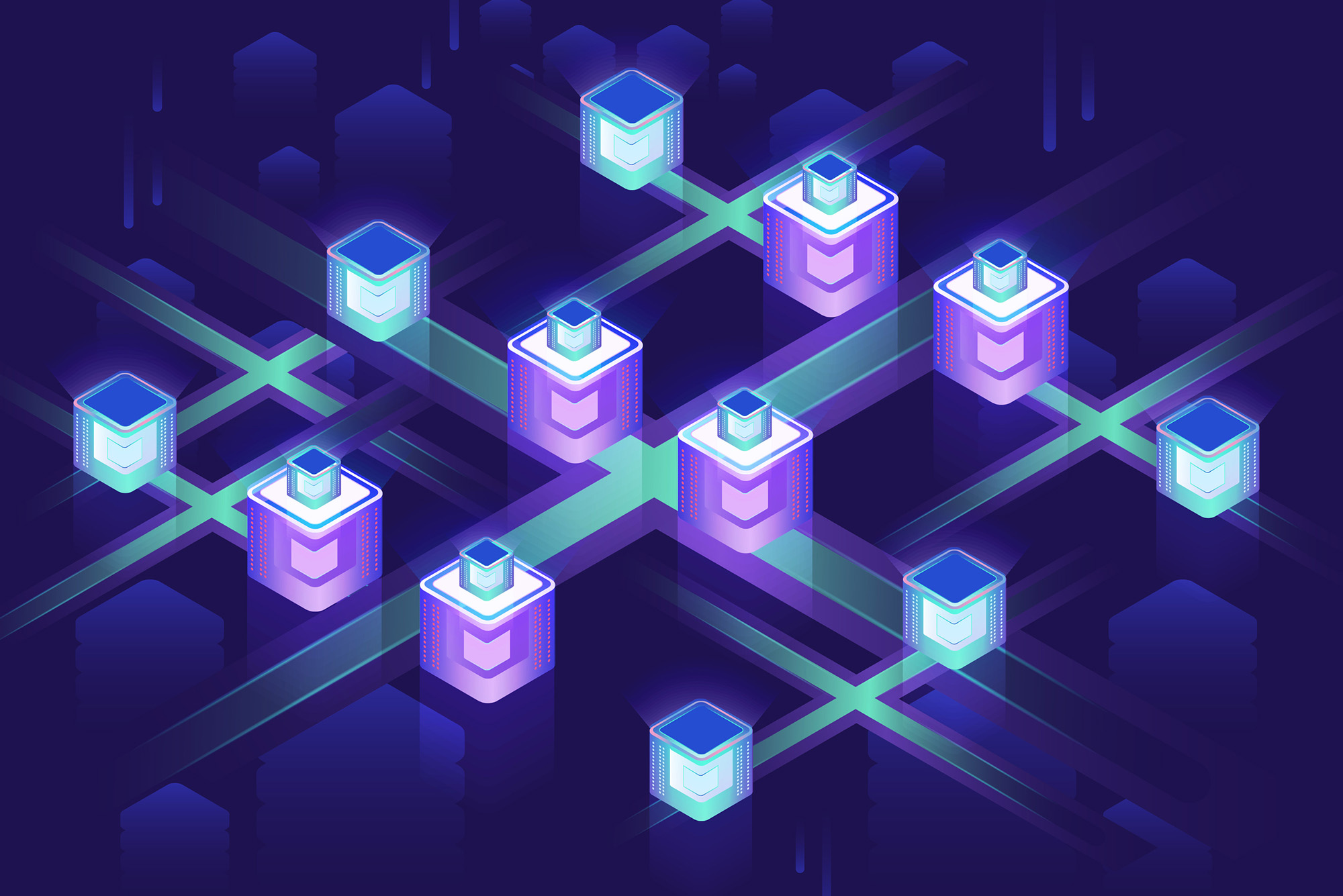Everyone has heard of bitcoin, especially since its meteoric rise at the end of 2017, but possibly the most interesting thing about cryptocurrencies is the underlying technology, or blockchain, that makes bitcoin work. The central question is the following: is blockchain going to transform the world as we know it, or is it just a thrilling fad? Read this simple beginner’s guide to blockchain before deciding for yourself if a new order is about to be born.
What is the blockchain?
Basically, blockchain is a public ledger or record of transactions, financial or otherwise, developed by Satoshi Nakamoto in 2008. Adding to the mystery, nobody knows the identity of Satoshi Nakomoti – in fact, it’s quite possible that the pseudonym refers to a group of people and not a single person.
The blockchain is essentially “an incorruptible digital ledger of economic transactions that can be programmed to record not just financial transactions but virtually everything of value,” states the authors of the book Blockchain Revolution.
Here are some basic concepts for the beginner’s guide to the blockchain:
- The blockchain, at its simplest, is a spreadsheet that has been duplicated many, many times over a network of computers or nodes. This network is regularly updated when a transaction occurs; for this to happen, all the nodes have to check the validity of a transaction (this is done by something known as a ‘hash’, which is a string of numbers and letters). If a majority of nodes – remember, the nodes are computers keeping a copy of the digital ledger or blockchain – say the transaction is valid, then it is written into a block.
- The blocks are a growing list of ordered records. Each block has a timestamp as well as a link to a previous block. Users can only edit, via cryptography, the parts of the blockchain owned by them by having private keys that are used to write the file.
- The information held by the blockchain isn’t stored in one spot (i.e. it is hosted by millions of computers and is decentralised) – this makes it public and easily verifiable. Decentrailsation also means it operates on a user-to-user (or peer-to-peer) basis.
- If you want an analogy, states blockchain specialist William Mougayar, compare a Word document with a Google document. If you want to edit a communal Word document, you make your revisions before sending them on to the next person. Two people can’t collaborate on the same document simultaneously. Currently, this is how banks work: when a money transfer happens, the bank briefly locks access to make the changes to the database and then the reverse happens to update the other side. With Google docs (in this case, blockchain), both parties have access to the same document at the same time and the single version of the document is visible to both of them – it is a shared ledger. The document is, like the blockchain, also distributed – that means that sharing involves a number of people.
Who will use the blockchain?
In essence, a blockchain lets anyone send value anywhere in the world as long as the blockchain can be accessed, states Forbes. The private, cryptographically created key lets you access the parts of the blocks that belong to you.
Here are some uses:
- Medical records – Each entry, or block, which could include diagnoses or treatments, has a timestamp, date and time when the record was created. The doctor and the patient would each have their own private key to access the information; however, information could be shared with a third party – for example a hospital or a specialist – by sharing the private key.
- Financial transactions – With blockchain technology, payment, validation and settlement could take place in real time, even across borders, with substantially reduced transaction fees. Money transactions could also occur 24/7.
- Supply chain monitoring – Using the blockchain should help to spot inefficiencies in supply chains. In addition, businesses and even consumers could view their products from a quality-control perspective as they travelled from their point of origin to the retailer.
- Social networking – Currently, social networking sites are centralised and can be censored by this authority. Decentralised social media platforms – for example, Steemit – use blockchain technology to prevent this. They also offer financial rewards to their content creators.
These are just some of the uses for blockchain technology. There are many others including property and stock exchange transactions, authenticated voting, distributed cloud storage, etc.
We hope you found this beginner’s guide to blockchain useful and you now feel more confident about the role blockchain might play in the future. To become a blockchain developer, you’ll need to have an understanding of the fundamentals of programming as well as knowing a relevant computer language, such as JavaScript or C++. A good place to start is the HyperionDev Software Engineering Bootcamp, which is a six-month, online course.


